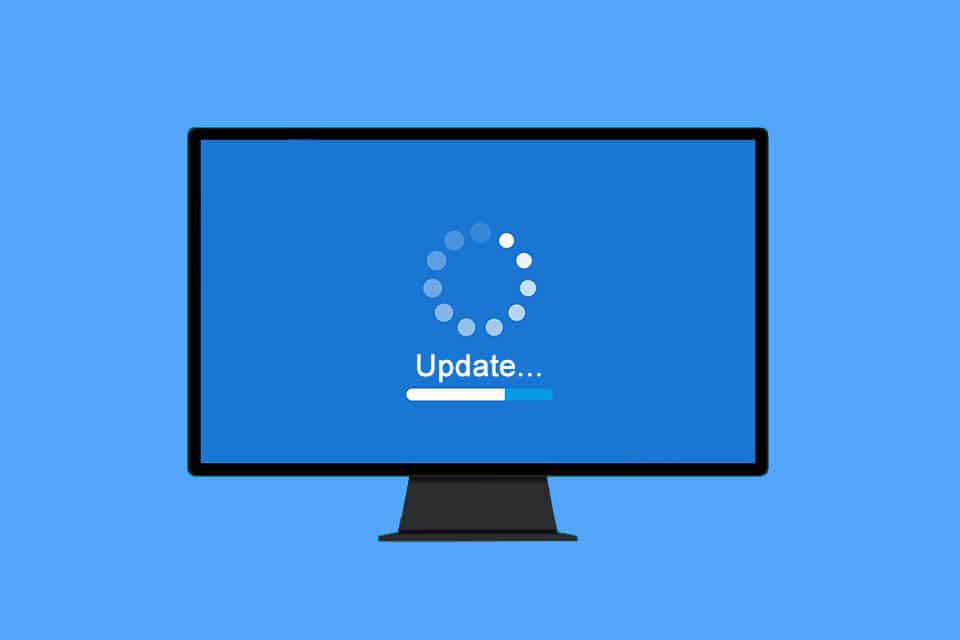What is a Hotfix?
Smartpedia: A hotfix is the result of a short-term error correction by a manufacturer, hotfixing is the activity of the fastest possible error correction.
Hotfix – the fastest possible elimination of software errors
Although errors are not uncommon in the course of software development and organisations are usually relatively experienced in eliminating them, some errors require maximum speed and concentration in their elimination. A hotfix is the result of a manufacturer’s rapid troubleshooting efforts, and the process of fixing the error as quickly as possible is called hotfixing. The difference between a hotfix and a bug fix lies in the speed with which the bug is fixed. Accordingly, hotfix can also be understood as urgent repair.
The following triggers can lead to a hotfix:
- An unsatisfied customer reports an error that significantly restricts his work or prevents the use of the software.
- The extent of the damage is so great that parts of a production may be impaired or paralysed. Some errors even turn out to be critical for the company.
- The customer and the relationship with the customer are so important for the manufacturer that he must react as quickly as possible.
Extent of damage and effort for hotfixing
In the vast majority of cases, the error message that leads to the provision of a hotfix is issued by users. Very rarely such serious errors are identified, for example during a code review, a refactoring or during the ongoing development of a software.. Reporting the error is often accompanied by a description of the extent of the damage. The potential or even concrete damage causes the manufacturer to treat the error correction with the highest priority. While the time pressure to fix the software error depends on its severity, the effort to fix it depends strongly on its complexity. If it is low, the error can usually be corrected quickly. If the complexity is high, an impact analysis may be necessary to define possible
- consequential errors,
- risks,
- alternative measures and, if necessary,
- preventive actions.
In the case of agile development, this can even lead to an interruption of the development activities of a sprint. Alternatively, organisations often define task forces and fast lanes for parallel troubleshooting.
Error correction vs. functional enhancements
Since the error has such serious consequences for the customer, a hotfix usually only contains the error correction and no functional enhancements. In view of the criticality of the error, reduced testing effort is also conceivable in consultation with the customer. Such a procedure is of course not without risk; if the hotfix does not work as desired, the manufacturer is at least threatened with image loss, possibly also monetary losses. And for the customer, such a procedure is also not without risk; it should therefore be carefully thought through and communicated accordingly.
The image when hotfixing
In practice, it happens again and again that a hotfix is only made available to customers who have reported a corresponding problem. Manufacturers fear for their image if they have to produce a relatively large number of hotfixes, because this is seen as a sign of poor quality. But even this is not without risk, because at the latest with the next update and the associated change log, customers receive the information that there was a hotfix that they did not receive. It is therefore advisable – also for reasons of liability – to make the latest version available to all customers and to explain in an accompanying documentation when and under what circumstances the error occurred which has now been eliminated with the hotfix. If this is paired with information on when the bug was reported and how quickly a solution is made available, this can even have an image-building effect.

If you like the article or would like to discuss it, please feel free to share it in your network. And if you have any comments, please do not hesitate to send us a message.
Here you will find additional information from our Smartpedia section:


